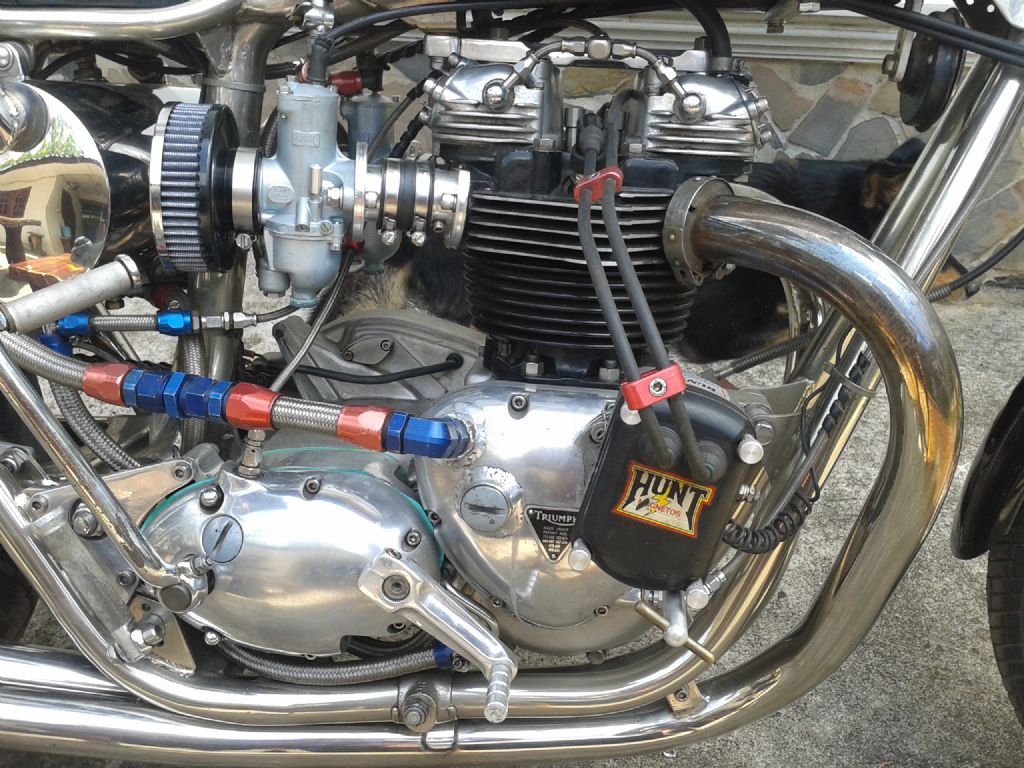The problem with AC lighting is that you need to balance the output with the load. in the old days this meant having two windings – one giving low output for the brake lamp, and the other balancing the headlamp & tail. If you have one of these, and the bulbs are a too low wattage, they will blow, and if the wattage is too high they will only get yellow at best. And you need to be sure that the dip switch connects both sides in the mid position, and that the alternator low-output winding connects to the brake light only, and is open circuit when the brake is off.
Problems arise when you want to run flashing indicators etc, or improve the lighting eg with a Halogen bulb. The whole system was in practice there to comply with enduro rules, and if you were lucky, pass the MoT, and if you used it at night you needed to carry spare bulbs, and not to use routes with which you were not 100% familiar …
My suggestion would be to find an alternator which more than balances your headlamp load, and use a Zener Diode (on a big heat sink) to 'use up' the excess output. This is what the later Lucas system did, from about 1970, as the balanced load system was abandoned. You will also need a rectifier as the Zener will only work one way round (the clue is in the name Diode).
If you go with the 65W version, that should be able to cope as long as you don't expect the battery to charge with the lights on, and you use 12v LED bulbs for all the other lights. If you have a modern headlamp unit (taking H4 bulbs for example, not 'prefocus' ) you can find LED bulbs for this fitting, and this should leave some over for the battery.
If you fit a 210W alternator, what are you going to do with all that electricity? Even at night and with boring filament bulbs you will still have about 150W spare!
Come back to me if you need more details, circuit diagrams etc.
Regards
Tim
Edited By Tim Stevens on 05/09/2017 16:00:41
Tim Stevens.





